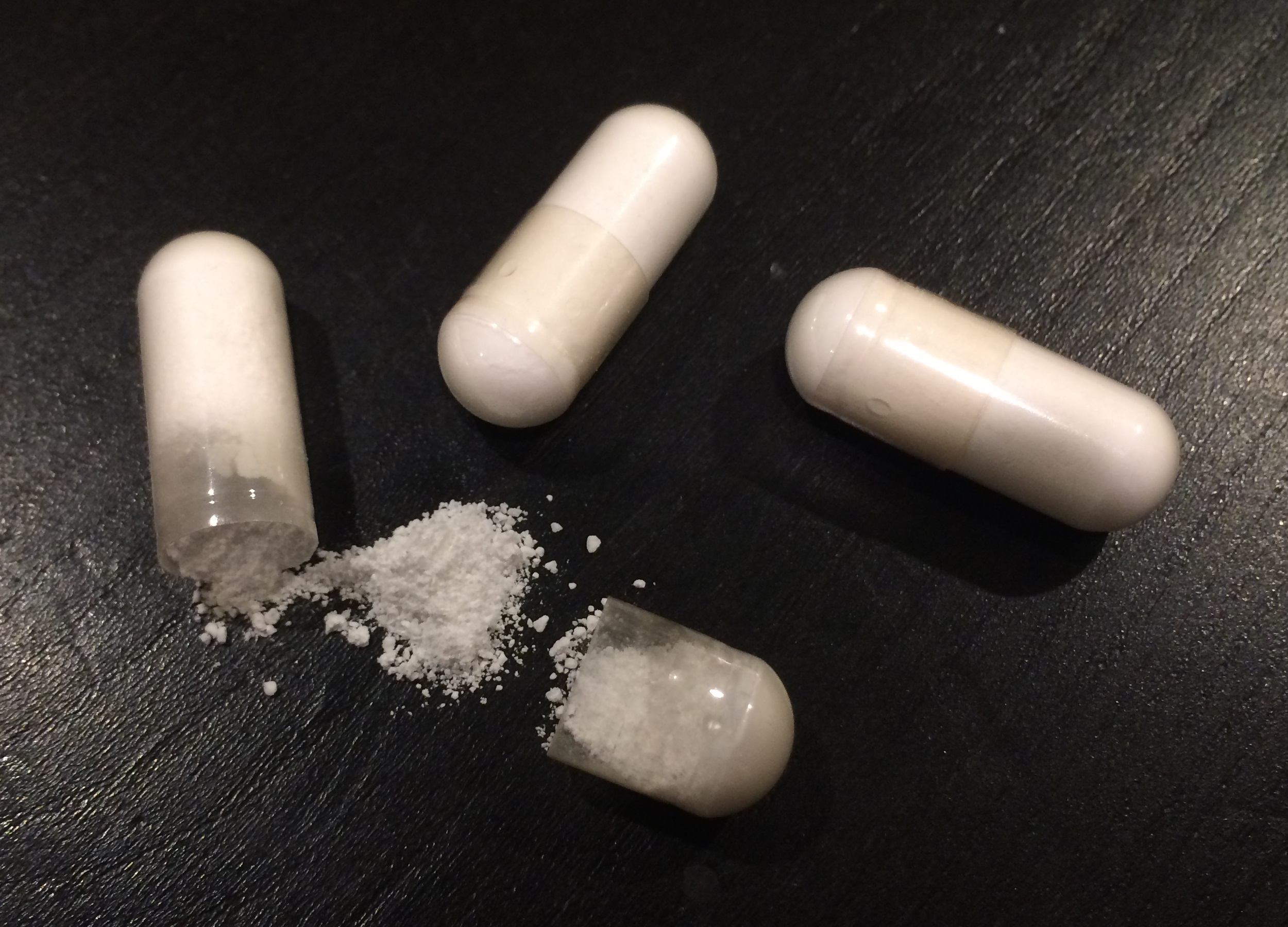|
3-Aminoisobutyric Acid
3-Aminoisobutyric acid (also known as β-aminoisobutyric acid or BAIBA) is a product formed by the catabolism of thymine. During exercise, the increase of PGC-1α protein triggers the secretion of BAIBA from exercising muscles to blood (concentration 2 to 3 μM in human serum). When BAIBA reaches the white fat tissue, it activates the expression of thermogenic genes via PPARα receptors, resulting in a browning of white fat cells. One of the consequences of the BAIBA activity is the increase of the background metabolism of the BAIBA target cells. It is thought to play a number of roles in cell metabolism, how body burns fat and regulates insulin, triglycerides, and total cholesterol. BAIBA is found as a normal metabolite of skeletal muscle in 2014. The plasma concentrations are increased in human by exercise. The production is likely a result of enhanced mitochondrial activity as the increase is also observed in the muscle of PGC-1a overexpression mice. BAIBA is proposed as pro ... [...More Info...] [...Related Items...] OR: [Wikipedia] [Google] [Baidu] |
Thymine
Thymine () ( symbol T or Thy) is one of the four nucleobases in the nucleic acid of DNA that are represented by the letters G–C–A–T. The others are adenine, guanine, and cytosine. Thymine is also known as 5-methyluracil, a pyrimidine nucleobase. In RNA, thymine is replaced by the nucleobase uracil. Thymine was first isolated in 1893 by Albrecht Kossel and Albert Neumann from calf thymus glands, hence its name. Derivation As its alternate name (5-methyluracil) suggests, thymine may be derived by methylation of uracil at the 5th carbon. In RNA, thymine is replaced with uracil in most cases. In DNA, thymine (T) binds to adenine (A) via two hydrogen bonds, thereby stabilizing the nucleic acid structures. Thymine combined with deoxyribose creates the nucleoside deoxythymidine, which is synonymous with the term thymidine. Thymidine can be phosphorylated with up to three phosphoric acid groups, producing dTMP (deoxythymidine monophosphate), dTDP, or dTTP (for the di- and tr ... [...More Info...] [...Related Items...] OR: [Wikipedia] [Google] [Baidu] |
PGC-1a
Peroxisome proliferator-activated receptor gamma coactivator 1-alpha (PGC-1α) is a protein that in humans is encoded by the ''PPARGC1A'' gene. PPARGC1A is also known as human accelerated region 20 ( HAR20). It may, therefore, have played a key role in differentiating humans from apes. PGC-1α is the master regulator of mitochondrial biogenesis. PGC-1α is also the primary regulator of liver gluconeogenesis, inducing increased gene expression for gluconeogenesis. Function PGC-1α is a super strong gene that contains two promoters, and has 4 alternative splicings. PGC-1α is a transcriptional coactivator that regulates the genes involved in energy metabolism. It is the master regulator of mitochondrial biogenesis. This protein interacts with the nuclear receptor PPAR-γ, which permits the interaction of this protein with multiple transcription factors. This protein can interact with, and regulate the activity of, cAMP response element-binding protein (CREB) and nuclear respirat ... [...More Info...] [...Related Items...] OR: [Wikipedia] [Google] [Baidu] |
PPARA
Peroxisome proliferator-activated receptor alpha (PPAR-α), also known as NR1C1 (nuclear receptor subfamily 1, group C, member 1), is a nuclear receptor protein functioning as a transcription factor that in humans is encoded by the ''PPARA'' gene. Together with peroxisome proliferator-activated receptor delta and peroxisome proliferator-activated receptor gamma, PPAR-alpha is part of the subfamily of peroxisome proliferator-activated receptors. It was the first member of the PPAR family to be cloned in 1990 by Stephen Green and has been identified as the nuclear receptor for a diverse class of rodent hepatocarcinogens that causes proliferation of peroxisomes. Expression PPAR-α is primarily activated through ligand binding. Endogenous ligands include fatty acids such as arachidonic acid as well as other polyunsaturated fatty acids and various fatty acid-derived compounds such as certain members of the 15-hydroxyeicosatetraenoic acid family of arachidonic acid metabolites, e.g. ... [...More Info...] [...Related Items...] OR: [Wikipedia] [Google] [Baidu] |
Beta-Hydroxy Beta-methylbutyric Acid
β-Hydroxy β-methylbutyric acid (HMB), otherwise known as its conjugate base, , is a naturally produced substance in humans that is used as a dietary supplement and as an ingredient in certain medical foods that are intended to promote wound healing and provide nutritional support for people with muscle wasting due to cancer or HIV/AIDS. In healthy adults, supplementation with HMB has been shown to increase exercise-induced gains in muscle size, muscle strength, and lean body mass, reduce skeletal muscle damage from exercise, improve aerobic exercise performance, and expedite recovery from exercise. Medical reviews and meta-analyses indicate that HMB supplementation also helps to preserve or increase lean body mass and muscle strength in individuals experiencing age-related muscle loss. HMB produces these effects in part by stimulating the production of proteins and inhibiting the breakdown of proteins in muscle tissue. No adverse effects from long-term use as a dietary ... [...More Info...] [...Related Items...] OR: [Wikipedia] [Google] [Baidu] |
MB-3 (drug)
MB-3 is a drug which acts as a potent and selective inhibitor of the histone acetyltransferase enzyme GCN5, which usually functions as a negative modulator of PGC-1α Peroxisome proliferator-activated receptor gamma coactivator 1-alpha (PGC-1α) is a protein that in humans is encoded by the ''PPARGC1A'' gene. PPARGC1A is also known as human accelerated region 20 ( HAR20). It may, therefore, have played a key ro ..., and so MB-3 acts to indirectly activate PGC-1α. It is used in research into the role of the GCN5/PGC-1α pathway in the regulation of metabolism and cell differentiation. See also * HY-124798 References {{pharm-stub Enzyme inhibitors Vinylidene compounds ... [...More Info...] [...Related Items...] OR: [Wikipedia] [Google] [Baidu] |

